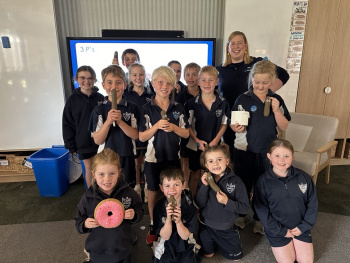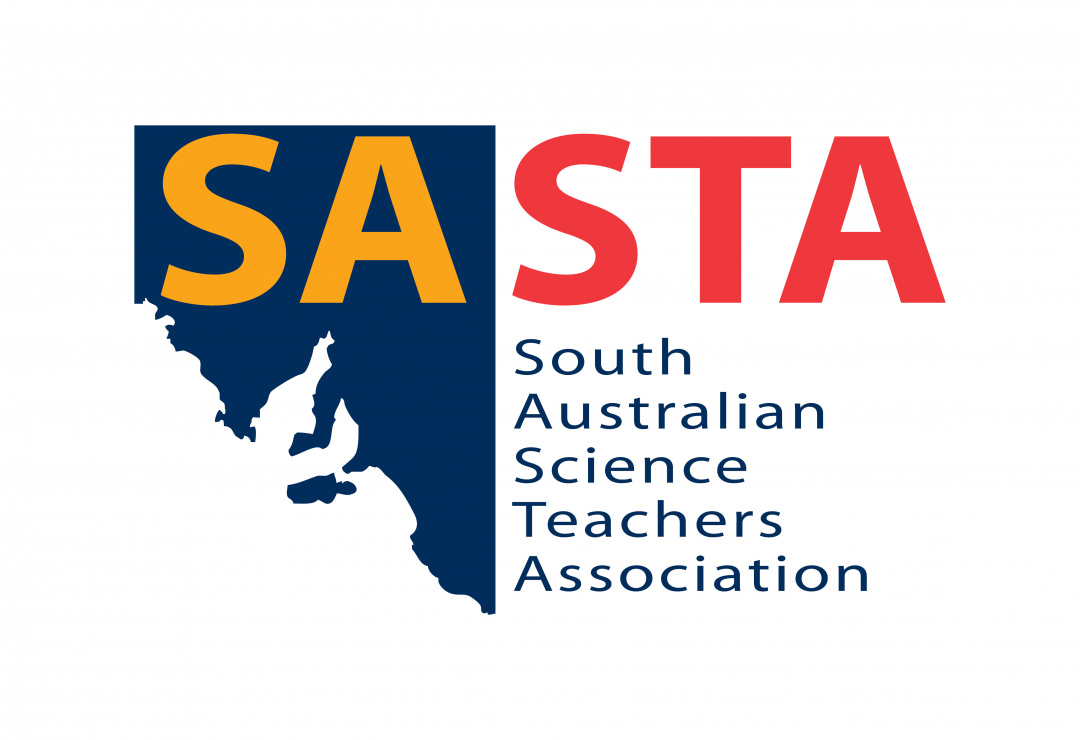Posted by SASTA
on 10/06/2024

We all know water is important and that’s reflected in the Australian Curriculum, with students learning about the water cycle, how waterways work and can be impacted by human intervention, and water scarcity and security. Something we talk about in the water industry though is water literacy. So, what is water literacy? How water literate are we? And why does it matter?
What is it?
Water literacy broadly refers to knowledge about water services. From knowing the environmental source of your tap water at home, to the distribution network, water treatment process, wastewater network and process, and understanding the costs, energy, and resourcing involved in the whole process.
How water literate are we?
Last year the Water Services Association of Australia released their water literacy research that was completed nation-wide, creating a water literacy index and benchmark data for water utilities. The research was gathered in an 18-minute survey with 7,503 participants. Questions covered a wide range of water knowledge, attitudes, and behaviour.
Research found the average water literacy score was 57 out of 100, based on the new index. Broken down more locally, the average water literacy score for South Australian customers was also 57. Interestingly, the lowest knowledge areas were the perceived likelihood of drought and desalination. That surprised me, given we are in the driest state in the country and desalination was brought in to combat water scarcity during the last drought. Our strongest area was the knowledge of the impact of fats and oils on our sewer system; namely that it is costly to unblock and repair wastewater networks impacted by fats, oils, and other inorganic matter such as wet wipes.

Why does it matter?
It’s been said that the next global conflict will not be over oil or land, but over access to water. We have the same amount of water we’ve always had on Earth, but we’re needing to stretch it further. With a growing global population, increasing demand on the myriad ways we use water (in agriculture, manufacturing, consumptive use, and environmental water), and climate change affecting water systems, water feels more precious today than ever before.
We all know, when we understand something, we value it. Water literacy helps our community value and conserve our precious natural resources.
 Water literacy with SA Water
Water literacy with SA Water
SA Water’s education program is called The Well. It’s designed to provide students from pre-school to university with valuable insight into the ways we manage and deliver water services to more than 1.8 million South Australians.
You can join our education and subject matter experts on a tour of a treatment plant, dive into an interactive workshop or presentation, or simply tap into some of our targeted educational materials.
The Well gives life to the story and value of water in our community and day-to-day lives through genuine, firsthand knowledge from the people who understand it better than anyone.
All programs and resources have been designed to align with the Australian Curriculum and are free of cost.
Check out our website to learn more: sawater.com.au/thewell
Jade Cornish
Education Specialist
SA Water
In this Section
Archive
- December 2025
- November 2025
- October 2025
- September 2025
- August 2025
- July 2025
- June 2025
- May 2025
- April 2025
- March 2025
- February 2025
- January 2025
- December 2024
- November 2024
- October 2024
- September 2024
- August 2024
- July 2024
- June 2024
- May 2024
- April 2024
- March 2024
- February 2024
- December 2023
- November 2023
- October 2023
- September 2023
- July 2023
- June 2023
- May 2023
- April 2023
- March 2023
- February 2023
- January 2023
- December 2022
- November 2022
- October 2022
- August 2022
- July 2022
- June 2022
- May 2022
- April 2022
- March 2022
- February 2022
- January 2022
- December 2021
- November 2021
- October 2021
- September 2021
- August 2021
- July 2021
- June 2021
- May 2021
- April 2021
- March 2021
- February 2021
- January 2021
- December 2020
- November 2020
- October 2020
- September 2020
- August 2020
- July 2020
- June 2020
- May 2020
- April 2020
- October 2018
- September 2018
- August 2018
- July 2018

